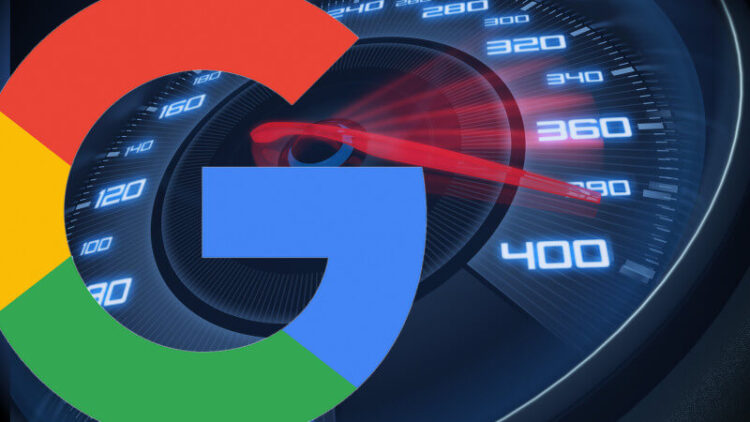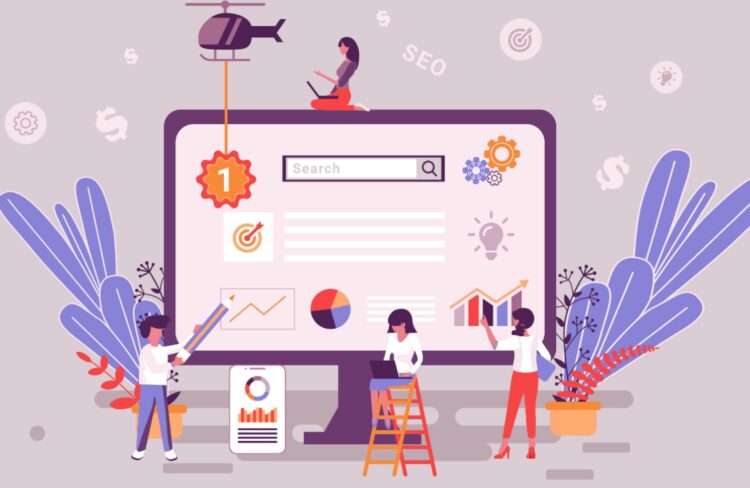
If you only had the time and budget to invest in one SEO tactic, what should it be? Where are you going to see the most bang for your buck? The most impact for your investment?
This is the quandary the many cash-strapped small business owners face. They have a very modest marketing budget to spend. They’re told that they should use it to build their brand online. But what does that even mean? Hire a blogger? Buy social media ads? Buy PPC ads?
Any time a small business owner invests any amount of money into marketing, there is definitely a sense of this had better bloody work. There had better be a clear ROI. This can be tricky because the ROI in SEO can be fickle.
There are no guarantees in the world of SEO. For business owners looking to learn more about how to implement a SEO strategy following proper practises, this resource can help. We have found a number of their insights important and practical for small business owners. If we told you to focus on one thing, you could accidentally undo all of your good work by ignoring another thing, or making a common SEO mistake.
However, if you were to only focus on (and invest in) a few parts of SEO, these areas would probably give you the most impact.
1. Improve Your Page Speed

It would be wise to start here, because slow page speeds can undermine literally everything else in SEO. It’s also a problem that is currently hurting a lot of websites.
“It’s safe to say that 70% of our new clients have page speed issues when we first meet with them,” said Paul Teitelman, owner of SEOToronto.ca and a 10-year veteran in the industry.
“Page speed is often the best place to start, and fixing it can lead to some reasonably quick wins.”
Page speed has been a crucial ranking signal for some time, and it’s poised to become even more important after Google rolls out their Core Web Vitals update in May of 2024.
Webmasters will then have 3 new metrics to measure their performance:
- Largest Contentful Paint: How long does it take the page to load completely?
- First Input Delay: When does the browser respond to a user’s first click?
- Cumulative Layout Shift: When does the layout stabilize and stop moving?
These statistics give you deeper insights into how fast your page actually is, and where any problems may be.
2. Refresh Your Keyword Research

Too many small business owners:
- Don’t have a keyword plan of any sort
- Are trying to rank for keywords that they assume will help their business
- Are relying on keyword research that could be 2-3 years old
Your size is actually your advantage when it comes to keywording. You’re small and nimble. You can be in a position to pivot your keyword strategy to reflect market changes, or quickly take advantage of new keyword opportunities.
Keyword research has an expiration date. You will want to refresh it once a year, but if you can refresh it 2-3 times a year, you can really put yourself in a position to find (and rank for) new terms.
You can get a relatively inexpensive SEO tool to run this research and the insights you gain from these reports can go a very, very long way.
3. Clean up Your Link Profile

You can also use an inexpensive tool like SEMRush to audit your backlink footprint.
Too many small business owners have no idea what external links are pointing at their domain right now. This means they may have no idea that one or two spammy links are currently hurting their SEO clout.
The quantity and quality of your site’s backlinks are a major ranking signal for Google. If you have a bad link right now, you could be paying the Penguin Penalty and not even know it. However, the good news is that the Penguin is part of Google’s core algorithm. If you clean up your link profile, it will pay off almost immediately.
4. Transition from HTTP to HTTPS

This can be a more time-consuming venture than the previous steps we’ve discussed. However, the payoff is most certainly there.
Upgrading from HTTP to HTTPS will almost certainly help your SEO right now (it’s been a ranking signal since 2014), and quite possibly even more so after the Core Web Vitals go live in May.
It’s possible you may see a drop in the organic rankings immediately after you make the switch. However, you can recover and this move will pay off over the long-term.
The benefits of upgrading go well beyond SEO. Making this transition will simply give you a much more secure site, which will:
- Protect your site from hacks and attacks
- Protect your users against man-in-the-middle (MitM) attacks
- Instil more confidence in your users. A lot of people will leave an unsecured sight right away
- Help your business and your brand look more professional
If you haven’t done this yet, you’re a little bit overdue and this should be high on your priority list.
5. Improve Your Mobile Experience

Mobile-first indexing is now the norm for Google. They will look at your mobile site before they look at your desktop site. This means that your mobile site needs to be as well-optimized as your desktop, if not better.
We have talked about the need for your mobile site to be fast, so that’s obviously the top priority. However, you need to take a look at the entire mobile experience. Google’s mobile-friendliness test can help you find any glaring issues. However, you might want to take a deeper look.
Ask yourself:
- Is the text easy to read?
- Is there enough text for Google to crawl?
- Are there enough internal links to encourage Google to crawl the whole site?
- Are the buttons and links well-spaced, or is it too easy to push another one by mistake?
- Are cumbersome interstitial ads making it impossible for our users to interact with the page?
You cannot treat your mobile site as an afterthought. Mobile-first indexing means mobile-first planning.
These are all reasonably affordable and potentially impactful SEO tactics. Which one is the best? That’s impossible to say, because ignoring one can easily sabotage the others. For example, good keywords could be ruined by slow site speeds, or vice versa.
If you can commit to investing time and attention into all 5 of these areas, that’s far more attention than the average small business owner puts into their SEO.







